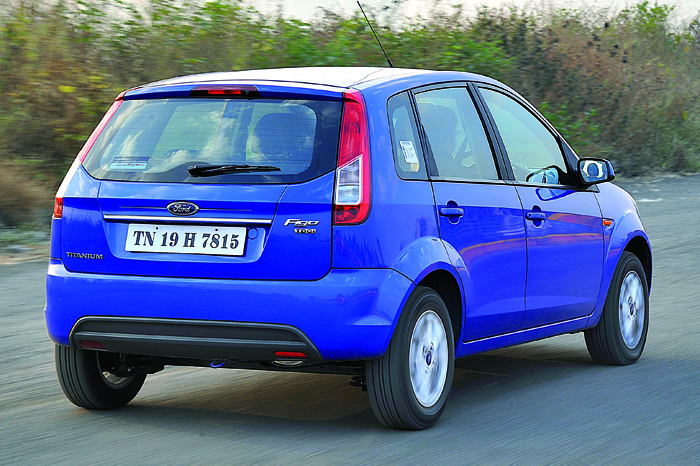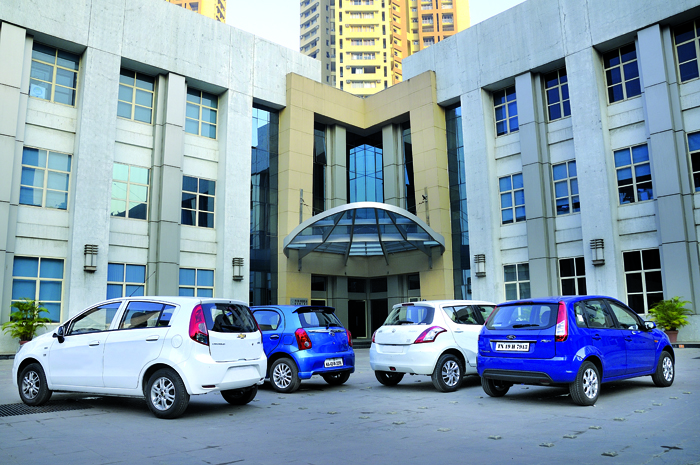In India, where the hatchback segment is the biggest in the automotive market, diesel options are very popular. And this growing demand is evident in the long waiting period for each of these cars. Although more expensive initially than the petrol variants, the diesel versions’ low running costs (owing to greater fuel efficiency and lower price of the fuel itself) and better resale value (a result of better fuel efficiency) are decisive factors for many customers.
The latest entrant in the diesel hatchback segment is the new Chevrolet Sail U-VA. The Sail is a car from General Motors India’s part owner Shanghai Automotive Corporation’s Chinese portfolio. The car has been thoroughly re-engineered for India; its suspension built to tackle the worst of our roads, its diesel engine the same Fiat-sourced motor as in the Maruti Swift and its body shell strengthened. The Sail does have the right ingredients but is it enough to trump the Figo and the Swift?
Ford’s Figo, for one, adds to its strengths of value, practicality and efficiency with recent tweaks to styling. Then there’s the hugely popular Maruti Swift, which brings a dash of fun to this practicality-oriented arena. So, which of these cars offers the best blend of comfort, performance and fuel economy to be worth your hard-earned money?






